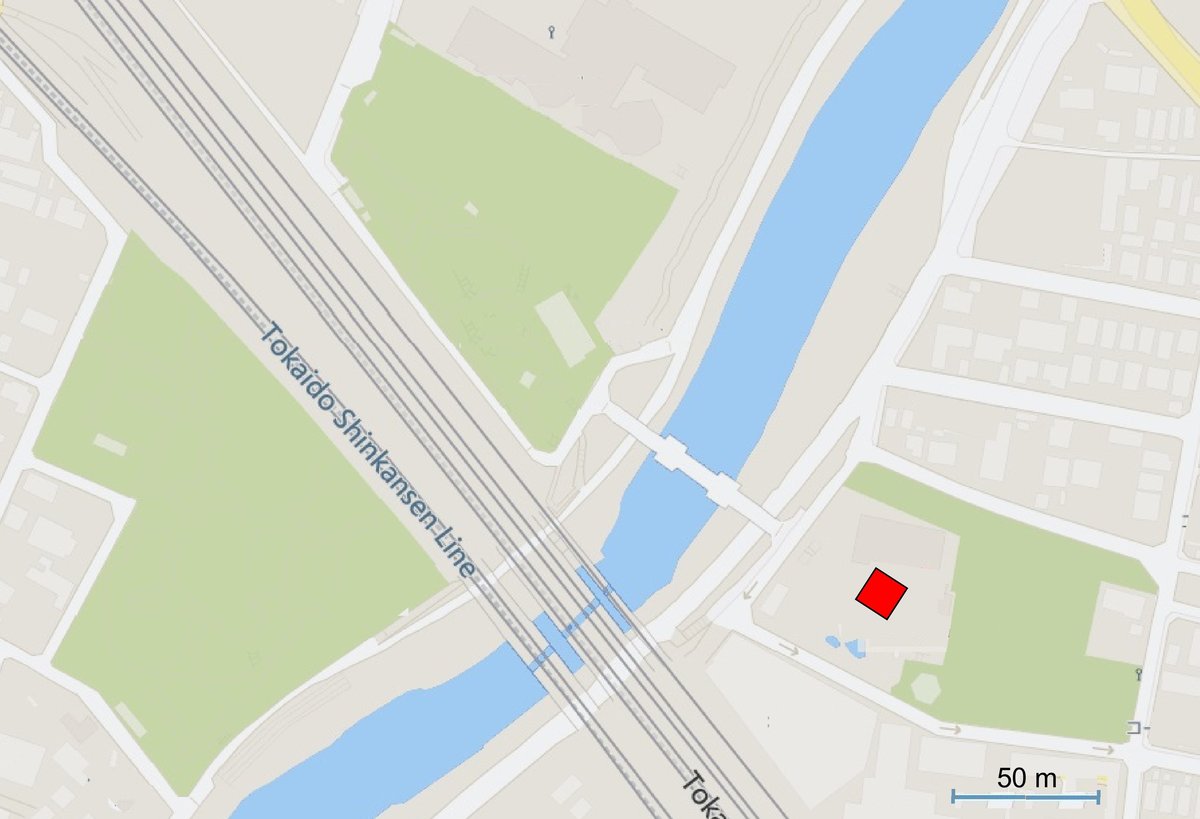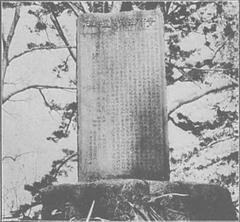
Visiting Kiyosu Castle: History, Tickets, and Travel Tips
Date: 16/08/2024
Introduction
Nestled in the heart of western Aichi Prefecture, Kiyosu Castle is a significant historical landmark that offers a captivating glimpse into Japan’s feudal era. Known for its association with the legendary warlord Oda Nobunaga, the castle has a rich history that spans several centuries. Constructed between 1394 and 1427 during the Muromachi Period by Shiba Yoshishige, Kiyosu Castle was initially built as a strategic defense structure (Japan Experience). This castle’s strategic importance was underscored by its location at the junction of the Ise Kaidō and Nakasendō highways, which connected Kyoto with Kamakura. Following the destruction of Orizu Castle in 1478, Kiyosu Castle rose to prominence as a seat of power under the Oda clan, especially under the rule of Oda Nobunaga’s father, Oda Nobuhide (Wikipedia).
Today, Kiyosu Castle stands as a proud symbol of the city, attracting history enthusiasts, tourists, and cultural aficionados alike. The reconstructed four-story structure, complete with golden shachi roof ornaments, houses a local history museum featuring arms, armor, and artifacts related to its storied past (Japan Travel). This guide provides comprehensive information about Kiyosu Castle, from its historical significance and architectural features to practical visitor tips and nearby attractions.
Table of Contents
- Introduction
- Historical Background
- Architectural Features and Layout
- Cultural Significance
- Visitor Experience
- Visitor Information
- FAQ
- Conclusion
Historical Background
Origins and Early History
Kiyosu Castle, located in Kiyosu, western Aichi Prefecture, Japan, was constructed between 1394 and 1427 during the Muromachi Period. The castle was built by Shiba Yoshishige, the head of the Shiba clan and the shugo (governor) of Owari, Echizen, and Tōtōmi Provinces. Its strategic location was chosen to guard the junction of the Ise Kaidō and Nakasendō highways, which connected Kyoto with Kamakura (Japan Experience).
Initially, Kiyosu Castle served as a defensive structure to protect Orizu Castle, the seat of Owari’s provincial government. However, after the destruction of Orizu Castle in 1478 during a civil war between Oda clan factions, Kiyosu Castle gained prominence. Oda Nobuhide, the father of the famous warlord Oda Nobunaga, shifted his seat of power to Kiyosu, bringing prosperity to the city and ruling over the four counties of lower Owari Province from this strategic location (Wikipedia).
Rise to Prominence Under Oda Nobunaga
Kiyosu Castle is notably associated with Oda Nobunaga, one of Japan’s most influential warlords during the Sengoku period. Nobunaga made Kiyosu Castle his primary base of operations, using it as a springboard for his military campaigns to unify Japan. It was from Kiyosu Castle that he launched the famous Battle of Okehazama in 1560, where he defeated the much larger Imagawa army, solidifying his reputation as a brilliant strategist (Japan Experience).
In 1562, Kiyosu Castle was the site of a significant political alliance. Nobunaga met with Tokugawa Ieyasu, sealing a pact that would shape the future of Japan. This alliance, known as the Kiyosu Alliance, lasted for nearly 20 years and was instrumental in Nobunaga’s efforts to consolidate power. The castle continued to serve as Nobunaga’s home base until 1563 when he relocated to Komaki Castle and later to the larger Gifu Castle (Japan Experience).
Decline and Dismantling
The castle’s days as a center of power were numbered when Tokugawa Ieyasu ordered the relocation of the seat of government to the newly constructed Nagoya Castle in 1609. This decision marked the beginning of the end for Kiyosu Castle. Between 1609 and 1613, most of the buildings were dismantled, and their materials were used in the construction of Nagoya Castle. The dismantling of Kiyosu Castle was a carefully orchestrated process, with many of its architectural elements finding new homes in other structures. For instance, the northwest turret of Nagoya Castle’s Ofukemaru fortress, known as the ‘Kiyosu Yagura,’ was constructed using parts from Kiyosu Castle’s donjon (Wikipedia).
Other elements, such as gates and decorated sliding doors, were preserved in various temples in the region. The original kinshachi (golden shachi roof ornaments) from Kiyosu Castle are now preserved in the Buddhist temple of Sōfuku-ji in Gifu City, and a former gate of the castle is preserved at the temple of Ryōfuku-ji in Owari-Asahi (Japan Experience).
Reconstruction in the Modern Era
By the Meiji period, there was very little remaining of the ruins of Kiyosu Castle aside from earthenworks in the former main bailey. The tracks for the Tōkaidō Main Line railway were laid directly across the site, further erasing its historical footprint. However, in 1989, a partial reconstruction of Kiyosu Castle was completed as a centennial celebration for the modern-day city of Kiyosu. This reconstructed fortress offers visitors a glimpse into the tumultuous Sengoku period and the rise of Oda Nobunaga (Wikipedia).
Today, the reconstructed Kiyosu Castle stands as a proud symbol of the city, offering visitors a glimpse into the past. The four-story structure, complete with golden shachi roof ornaments, houses a local history museum featuring displays of arms, armor, and artifacts related to the castle’s storied past. The reconstruction has breathed new life into the site, allowing visitors to experience the grandeur of a feudal Japanese castle (Japan Experience).
Architectural Features and Layout
The original Kiyosu Castle was a typical example of Japanese castle architecture, designed to serve both defensive and administrative functions. The castle’s layout included multiple baileys, moats, and defensive walls. The main keep, or donjon, was the central structure, surrounded by smaller turrets and gates. Although the exact appearance of the original main keep is not well-documented, the reconstructed version is modeled after Inuyama Castle, another famous Japanese castle (Japan Castle Explorer).
One of the notable features of the reconstructed Kiyosu Castle is the ornamental Otebashi Bridge, which visitors cross to enter the castle grounds. The bridge and the castle are illuminated at night, creating a stunning visual display. The castle grounds have been transformed into an engaging historical park, providing multiple attractions and points of interest, including a carp pond, a stone garden, and the Performing Arts & Culture Hall (Japan Travel).
Cultural Significance
Kiyosu Castle stands not just as a tourist attraction but as a symbol of Japan’s rich cultural heritage and the enduring legacy of its samurai past. It continues to inspire visitors with its tales of ambition, strategy, and the relentless pursuit of power that characterized the Sengoku period. Whether you’re a history buff, an arts and crafts enthusiast, or simply curious about Japanese culture, Kiyosu Castle offers a fascinating journey through time (Japan Experience).
The castle also serves as a popular filming location for television dramas, with costumes worn by actors portraying important historical figures on display. Visitors can climb the wooden staircase of the four-story castle to view samurai armor, swords, and ancient pottery. The top floor of the castle features an observation deck, offering panoramic views of the surrounding area, including Nagoya Station (Japan Travel).
Visitor Experience
Visiting Kiyosu Castle today offers a rich and immersive experience for history enthusiasts and casual tourists alike. The castle grounds have been transformed into an engaging historical park, providing multiple attractions and points of interest. As you approach the castle, you’ll cross the ornamental Otebashi Bridge, which is illuminated along with the castle at night, creating a stunning visual display (Japan Experience).
The local history museum within the castle features displays of arms, armor, and artifacts related to the castle’s storied past. The reconstruction has breathed new life into the site, allowing visitors to experience the grandeur of a feudal Japanese castle. Additionally, the castle grounds host various cultural events and performances, including samurai and ninja shows, providing a dynamic and educational experience for visitors of all ages (Japan Travel).
Visitor Information
Kiyosu Castle Visiting Hours:
- The castle is open daily from 9:00 AM to 4:30 PM.
- Closed on Mondays (or the following day if Monday is a national holiday).
Kiyosu Castle Tickets:
- Adults: 300 yen
- Children (elementary and junior high school students): 150 yen
- Group discounts are available for parties of 20 or more.
Travel Tips:
- The castle is easily accessible from Nagoya Station via the JR Tokaido Line to Kiyosu Station. From there, it’s a 15-minute walk to the castle.
- Wear comfortable shoes as the castle grounds are expansive and require walking.
- Photography is allowed in most areas, but be respectful of signs indicating restricted areas.
Nearby Attractions:
- Nagoya Castle: A short train ride away, this iconic castle is a must-visit for history enthusiasts.
- Meiji Mura: An open-air architectural museum showcasing buildings from the Meiji period.
- Atsuta Shrine: One of Japan’s most important Shinto shrines, located in Nagoya.
Accessibility:
- The castle grounds are wheelchair accessible, but the interior of the castle has steep staircases that may be difficult to navigate.
- Accessible restrooms are available on-site.
FAQ
Q: What are the opening hours of Kiyosu Castle? A: Kiyosu Castle is open daily from 9:00 AM to 4:30 PM, except on Mondays (or the following day if Monday is a national holiday).
Q: How much does it cost to visit Kiyosu Castle? A: Admission is 300 yen for adults and 150 yen for children (elementary and junior high school students). Group discounts are available.
Q: How do I get to Kiyosu Castle from Nagoya Station? A: Take the JR Tokaido Line to Kiyosu Station. From there, it’s a 15-minute walk to the castle.
Conclusion
Kiyosu Castle is more than just a historical landmark; it is a testament to Japan’s rich cultural heritage and the enduring legacy of its feudal past. The castle’s storied history, from its construction in the Muromachi Period to its prominence under Oda Nobunaga and eventual dismantling, offers a fascinating journey through time. The modern reconstruction of Kiyosu Castle allows visitors to experience the grandeur and significance of a feudal Japanese castle, complete with a museum housing invaluable artifacts and exhibits (Japan Experience).
Visiting Kiyosu Castle provides a unique opportunity to immerse oneself in the history and culture of Nagoya’s feudal era. The castle grounds, illuminated at night and adorned with cherry blossoms in the spring, offer a picturesque setting perfect for photography and leisurely strolls. The various cultural events, samurai shows, and educational exhibits enrich the visitor experience, making it a must-visit destination for history enthusiasts and casual tourists alike (Japan Travel).
In summary, Kiyosu Castle’s historical significance, architectural beauty, and cultural impact make it an essential stop for anyone exploring Nagoya and its surroundings. Plan your visit today to explore this iconic site and delve into the captivating history of Japan’s feudal past. For more updates and travel tips, be sure to follow our social media channels and check out our related posts.
References
- Japan Experience, 2024, Japan Experience source
- Wikipedia, 2024, Wikipedia source
- Japan Travel, 2024, Japan Travel source
- Trip to Japan, 2024, Trip to Japan source
- NAVITIME JAPAN, 2024, NAVITIME JAPAN source
- The Backpacking Family, 2024, The Backpacking Family source
- Bespes JT, 2024, Bespes JT source


























